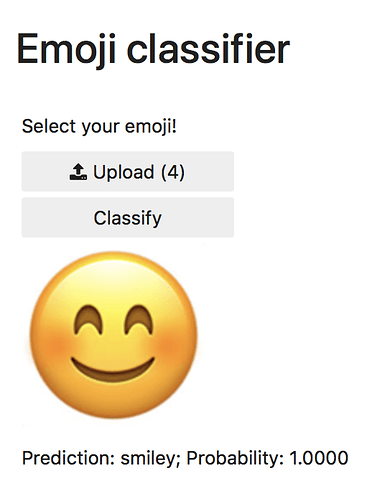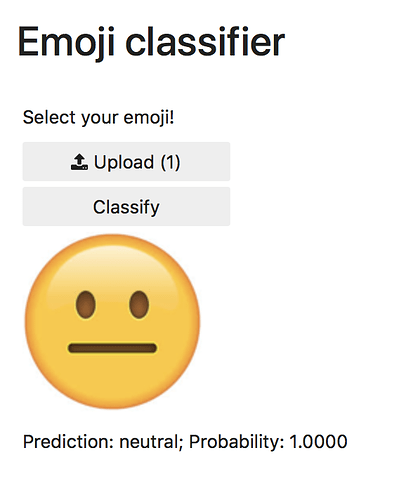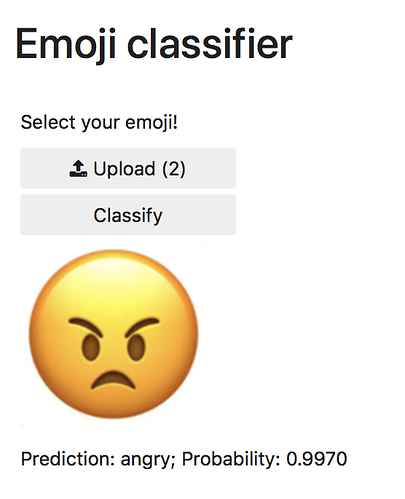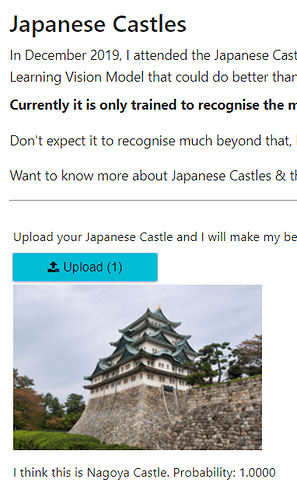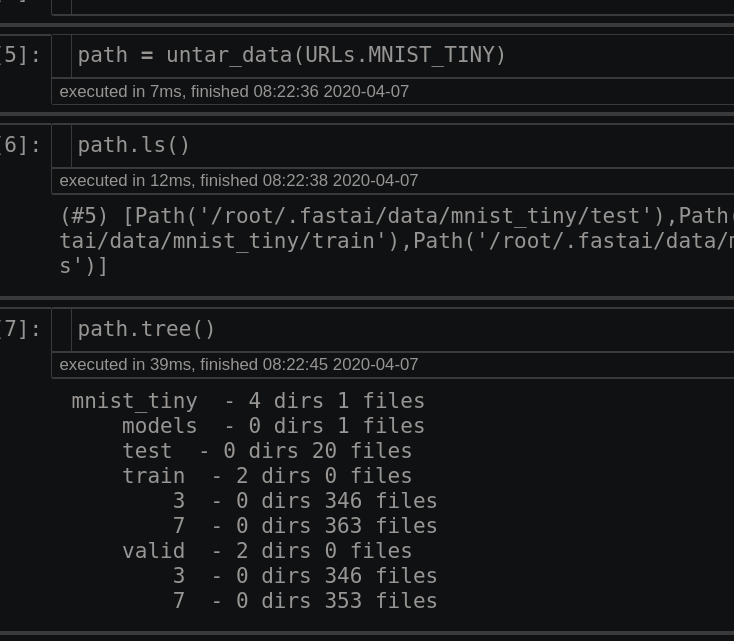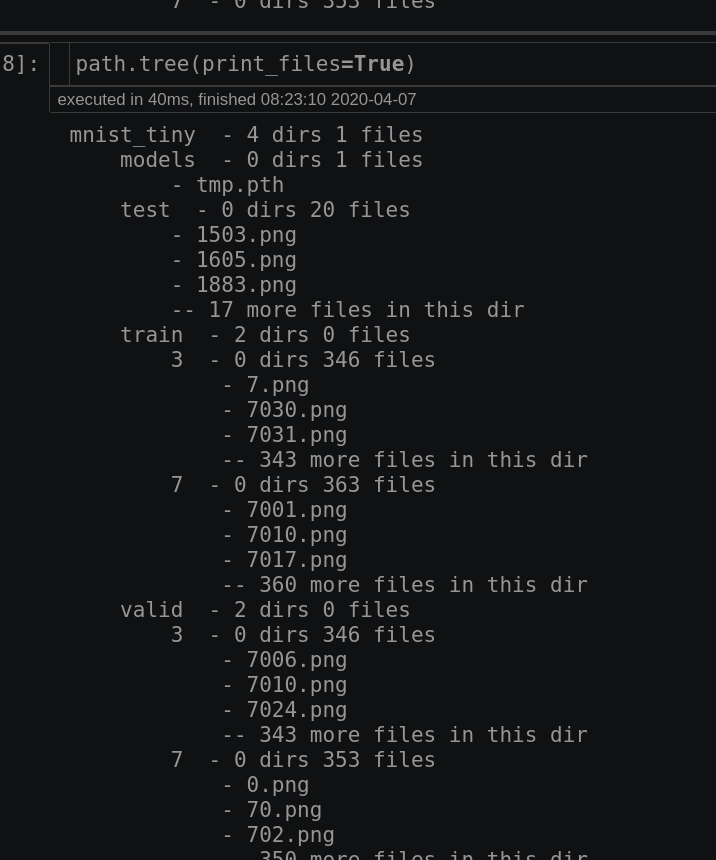Nice results, maybe you could divide the image into 4 parts and process them individually ? combine them up after that 
Sounds like a great idea, thanks!
You can do this with unfold and permute in Pytorch.
nice Molly! this was somewhere on my todo list.
I never quite got a non-fastai simpson version of ugatit working - using other people’s repo, my training.
I have written a 2 part blog series, part-1 and part-2 about how to build an end to end pipeline for an image segmentation problem.
It builds a solution for TGS Salt Identification Challenge competition in Kaggle.
By following the blog, you would be able to rank in the top 4% of the Kaggle LB. The blogs have step by step explanation of the key concepts like
-
DataBlocks,
-
Transformations,
-
Using unet_learner
-
Building custom unet architecture based on se_resnext50
-
Adding hypercolumns.
-
Adding custom TTA.
-
Doing K-Fold predictions.
-
Creating a Kaggle submission file.
At the end of the blog, I have also added a few tricks which you can try to improve the solution further.
One small suggestion, instead of converting the mask values from 255 to 1 in change_image, you can try using IntToFloatTensor(div_mask=255) in batch_tfms.
What will that do exactly? This is the first time I’ve heard of that ![]() IE would this help in a case of say 0,1,255?
IE would this help in a case of say 0,1,255?
By default the mask tensor gets divided by 1, but for binary segmentation we may want it to be divided by 255 to make the values in the tensor from 0 to 1.
I’m working on fastcook, a collection of useful recipes for our fastai2 driven workflow.
The idea is to provide examples on how to use the “not so standard” bits of the library, it should be helpful to all levels of users, while the focus is on DL, it’s not limited to it at all! For example, type dispatch is an example that will make your life better with any python project 
I’m slowly and steadily adding recipes as I’m working on other projects, most of the examples are in the vision domain since currently it’s my main area of study.
I would like to invite all fastai chefs to add new recipes to the cookbook, it’s all built with jupyter notebooks with nbdev so it should be really easy to add new stuff 
Thank you @lgvaz for sharing. It’s very well done: concise and informative. A couple of weeks ago, I started this thread: Fastai v2 Recipes (Tips and Tricks) - Wiki. Please feel free to add some of your recipes there if you feel like. I’m presently working on time series classification and forecasting, and I will try to add some recipes to your fastcook repo whenever I will have some time.
That’s amazing! I had no idea about this thread, really really useful, I already see items that could be added to fastcook from there!
I would really appreciate that, if have any questions on how to add stuff to fastcook please feel free to dm me ![]()
Sure! I’ll add some of the quickier recipes there ![]()
I’m exploring the fastai2 library by writing about various NLP methods in a blog (thanks to fastpages!). The first post is simply finding a dataset in a language other than English (I ended up with Norwegian).
The plan is to test various NLP methods with this dataset, and maybe also MultiFiT at some point. I’m not aware of any pretrained models for MultiFiT (monolingual) in Norwegian, so this would involve training a language model from scratch (I have no idea how to yet). It would be fun to cooperate if anyone have similar interests!
My ambitious plans are destroyed by quarantine so far, so I have switched to the just adoption fastai2 for my old projects 
I have implemented Metric learning HardNet in fastai2 here
As it is Japanese Castle day today. I made a castle classifier.
Binder: Japanese Castle Classifier
Today is Castle Day in Japan. Castle is read as Shiro 城、。。。Today is the 6th day of the 4th month. 4 can be pronounced Shi,…and 6 as Roku, or Ro, therefore today’s date is Shi-Ro…
For my first ever DL project I decided to keep it simple and make a Pokemon Gen 1 classifier using a data set I found on Kaggle.
I was targeting 90% accuracy, and fastai2 got me to 93% after < 90 seconds of training.  I know that’s not a particularly impressive number by today’s standards, but the data set contained various kinds of images from the official pictures to drawings by kids, game screens, pixel art, etc.
I know that’s not a particularly impressive number by today’s standards, but the data set contained various kinds of images from the official pictures to drawings by kids, game screens, pixel art, etc.
On clear images, it’s performing well…

For a more obscure test I thought i’d try it on one of my plushies and it got it!

I took Jeremy and Rachel’s advice and blogged about my experience here. You can try the app for yourself on binder.
It’s been a really interesting couple of weeks. I feel like i’ve learned a bunch already, not only on DL but git, fastpages, general bash, etc. It’s starting to all click.
Thanks to all the people who both post and answer various questions on the forum, i’ve found answers to almost every problem i’ve been having along the way.
Looking forward to @radek 's git intro later. This community rocks 
Thanks, that helped. I’ve updated the code to use DataBlock API now.
Quick observation:
The training images I used for segmentation, were of size 512 x 512, and the test image was of size 1000 x 1000.
The thing I noticed was that if I modified the size during training, say explicitly indicating the size as 224, the prediction on the test image was also 224 x 224.
However, If size was not mentioned during training, the size of the predicted mask, was same as that of the size of test image .
When we look at data, it helpfull to use tree command in terminal, we can use it as !tree in notebook.
I thought it good idea write small util to do same.
It not fastai2 project, but i’ll share it.
It only use standard lib, thanks to nbdev it available throw pip - pip install dir_tree
It can be more informative than tree. It can be used in terminal to.
In notebook - tree(path), or ‘patch’ Path and use path.tree()
Couple screenshots.
@jsa169 I have been trying (and loving) deoldify for several family pictures. The results makes my grandparents during covid-19 times very happy and brings us closer despite the distance 
The most amazing results I got so far were when using it with old lab pictures from my pharmaceutical company, F. Hoffmann-La Roche AG, and I would like to share them with you all. With love from Switzerland!
I find it super impressive 
trick: to use the colab notebook from the github repo with google drive images - get first a shareable link and then change ‘open’ to ‘uc’. e.g.
https://drive.google.com/open?id=0BwOhk6mEvQCTVFV should be https://drive.google.com/uc?id=0BwOhk6mEvQCTVFV
